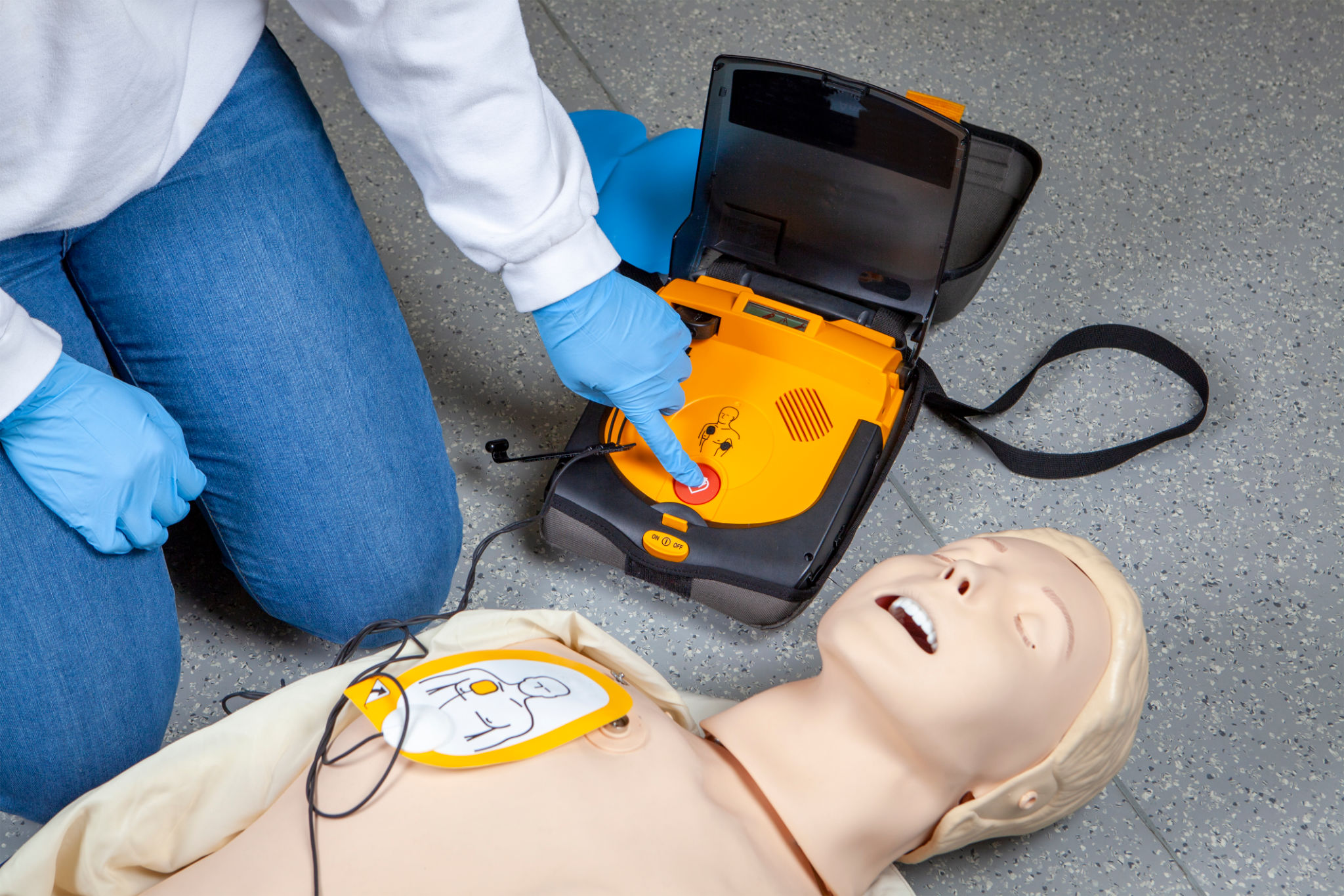Preparing for Seasonal Changes: How Non-Emergency Ambulance Services Adapt in Columbus
Understanding Seasonal Challenges
Columbus, Ohio, experiences a diverse range of weather conditions throughout the year, from hot summers to icy winters. These fluctuations can significantly impact non-emergency ambulance services. As the seasons change, these services must adapt to ensure they continue to provide safe and efficient transportation for patients.
Seasonal changes bring about unique challenges that require careful planning and adaptation. Whether it's navigating snow-covered roads or ensuring patients remain comfortable during extreme temperatures, non-emergency ambulance services must be prepared for any scenario.

Ensuring Vehicle Preparedness
One of the primary concerns for non-emergency ambulance services during seasonal changes is vehicle preparedness. During the winter months, it is crucial to equip ambulances with snow tires and ensure that all vehicles undergo regular maintenance checks. This preparation ensures that ambulances can safely navigate through icy and snowy conditions.
Additionally, ambulances must be equipped with heating systems to keep patients warm during transportation. Similarly, air conditioning systems need to be in top condition during the summer months to prevent patients from overheating. Regular inspections and maintenance are essential to keep these systems functioning optimally.
Training and Protocol Adjustments
Non-emergency ambulance services in Columbus also focus on training their staff to handle the challenges posed by seasonal changes. Employees are trained to drive safely in adverse weather conditions and to assist patients who may be more vulnerable during extreme temperatures.

Protocols may also be adjusted to accommodate seasonal variations. For example, response times might be reevaluated during periods of heavy snowfall or ice, and additional staff may be on call to manage increased demand during heatwaves or cold snaps.
Patient Comfort and Safety
The comfort and safety of patients are always a top priority for non-emergency ambulance services, especially during seasonal transitions. Staff members are trained to be vigilant for signs of weather-related distress in patients, such as hypothermia in winter or heat exhaustion during summer.
To further enhance patient comfort, ambulances are stocked with blankets, water, and other essentials. This preparation ensures that patients remain safe and comfortable throughout their journey, regardless of the weather conditions outside.

Community Engagement and Awareness
Non-emergency ambulance services also play a role in educating the community about seasonal safety. By engaging with residents through social media, workshops, and community events, these services raise awareness about the importance of weather preparedness and safe practices during seasonal transitions.
This proactive approach helps reduce the risk of emergencies and ensures that the community remains informed about how non-emergency ambulance services are adapting to seasonal changes in Columbus.
Looking Ahead
As seasons change, non-emergency ambulance services in Columbus continue to evolve and adapt. By focusing on vehicle preparedness, staff training, patient comfort, and community engagement, these services ensure they are ready to face any challenge that comes their way.
Through careful planning and a commitment to excellence, non-emergency ambulance services remain a vital part of the healthcare landscape in Columbus, providing essential support to those in need throughout the year.
